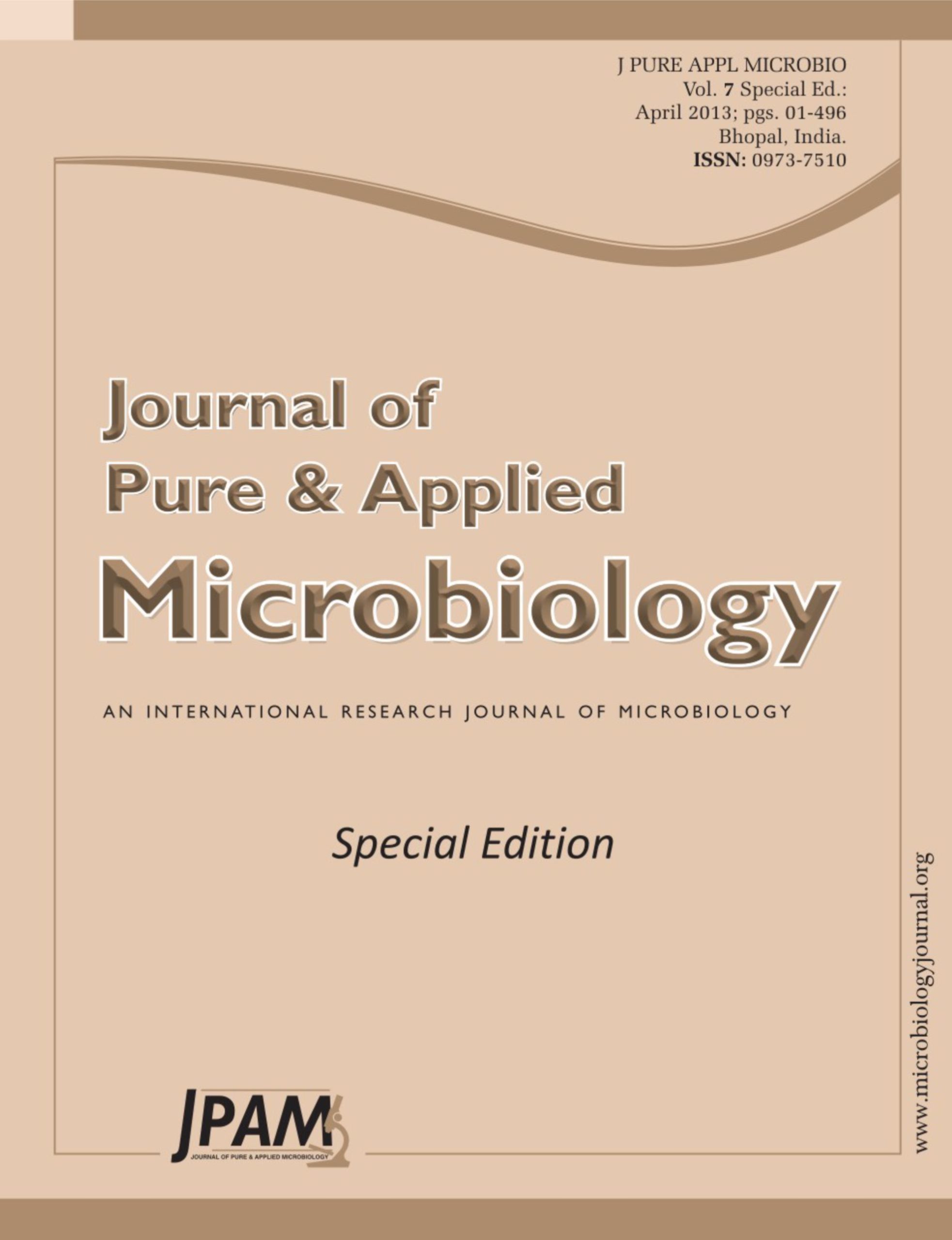A moisture and heat coupled migration model for one-dimensional vertical frozen-unfrozen soil system under natural conditions was established, and the model solved by Newton-Naphson iteration. The simulated and the tested values shown the model is reasonable. The soil moisture and heat coupled migration characteristics during the seasonal freeze-thaw periods simulated by the model, and the dynamic changes of soil moisture analyzed in the paper. The results show that soil moisture had obvious migration during the freeze-thaw period. During the freezing period, frozen layers developed downward gradually with the accumulation of negative surface temperatures. Soil moisture migrating from the unfrozen layers to the frozen front and the soil moisture content in frozen layers increased while that in the lower unfrozen zone changed little. During the thawing period, some soil moisture evaporated to atmosphere while some migrated downward, so the soil moisture content of the upper layer was less than that in the freezing period. Soil temperature is the primary factor for moisture migration when surface soil freezing. The soil liquid water gradually phases into ice when soil temperature was reduced, so that the soil-water potential of the frozen layer is decreased, which leading to the soil moisture continuous migration to frozen layers. Air temperature has a significant influence on surface soil moisture, and the changes of soil moisture content decreased with the increase of soil depth.
Freeze-thaw soil, Coupled migration, Soil moisture, Numerical model
© The Author(s) 2013. Open Access. This article is distributed under the terms of the Creative Commons Attribution 4.0 International License which permits unrestricted use, sharing, distribution, and reproduction in any medium, provided you give appropriate credit to the original author(s) and the source, provide a link to the Creative Commons license, and indicate if changes were made.


